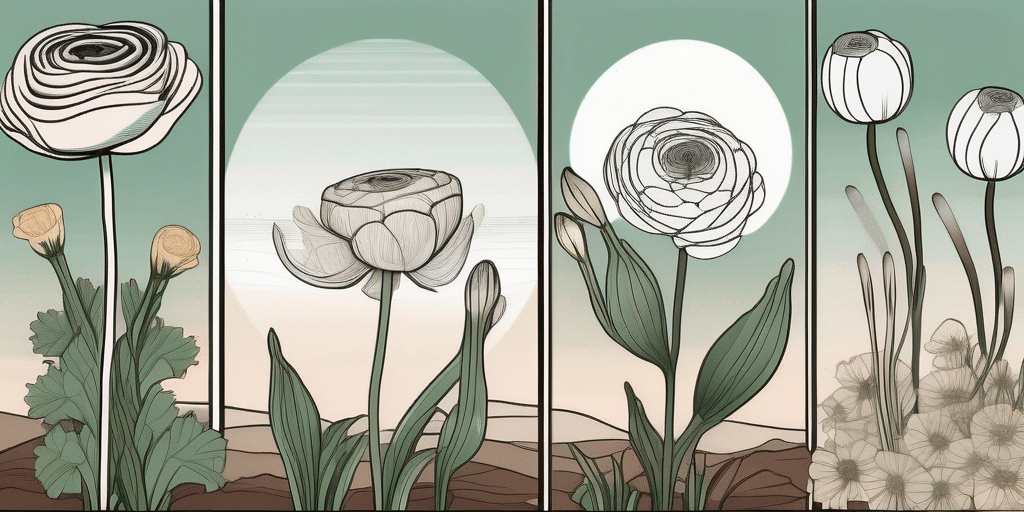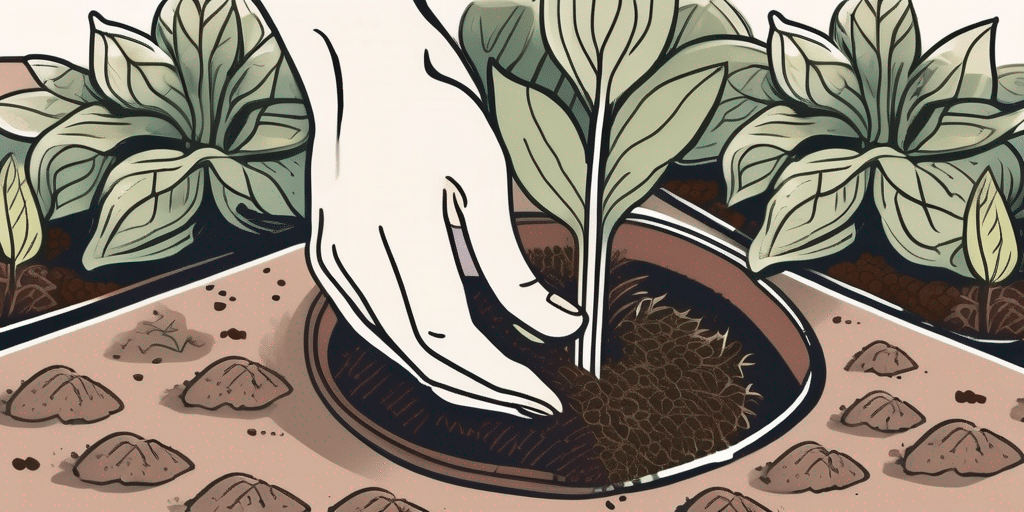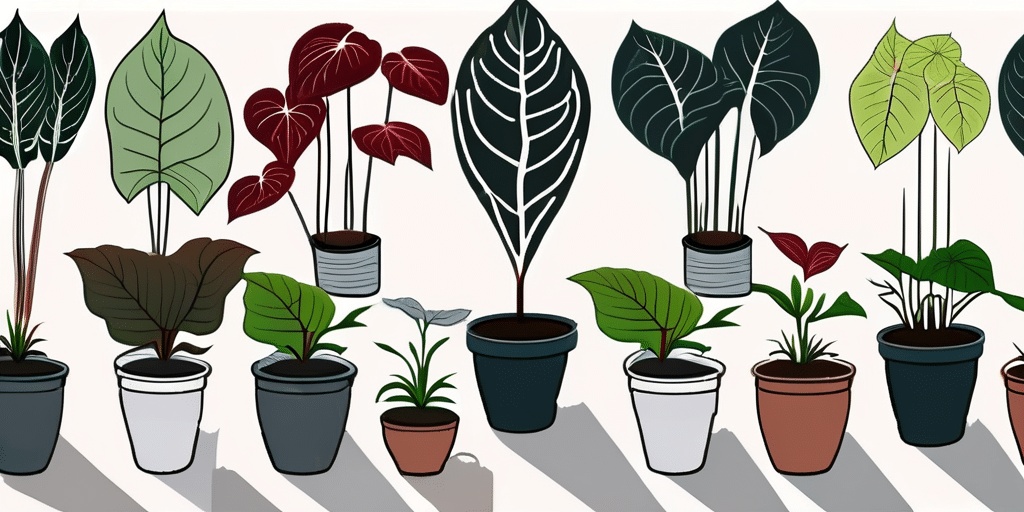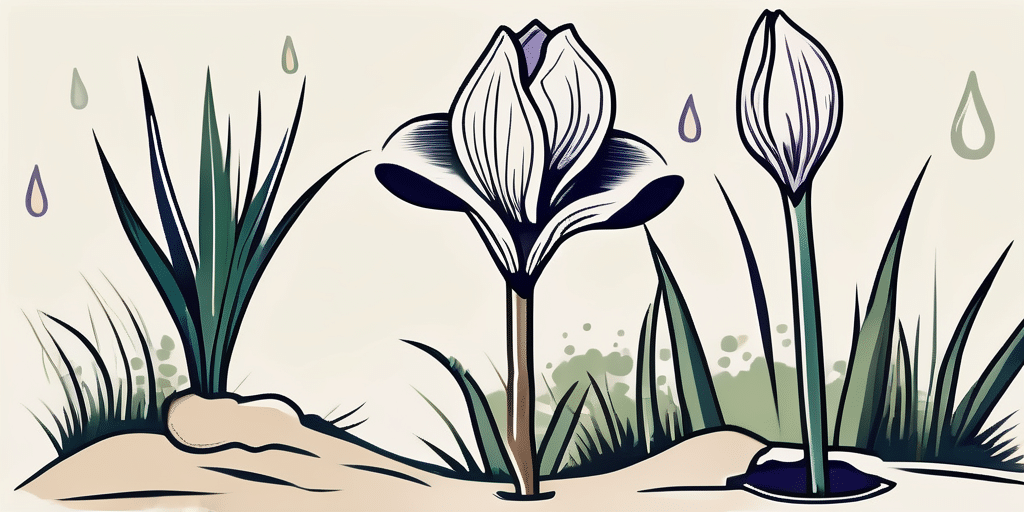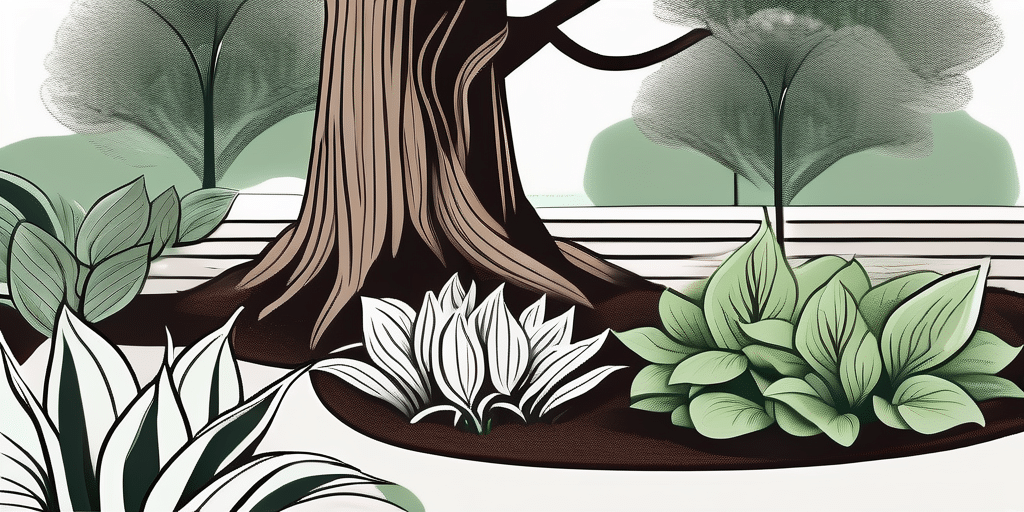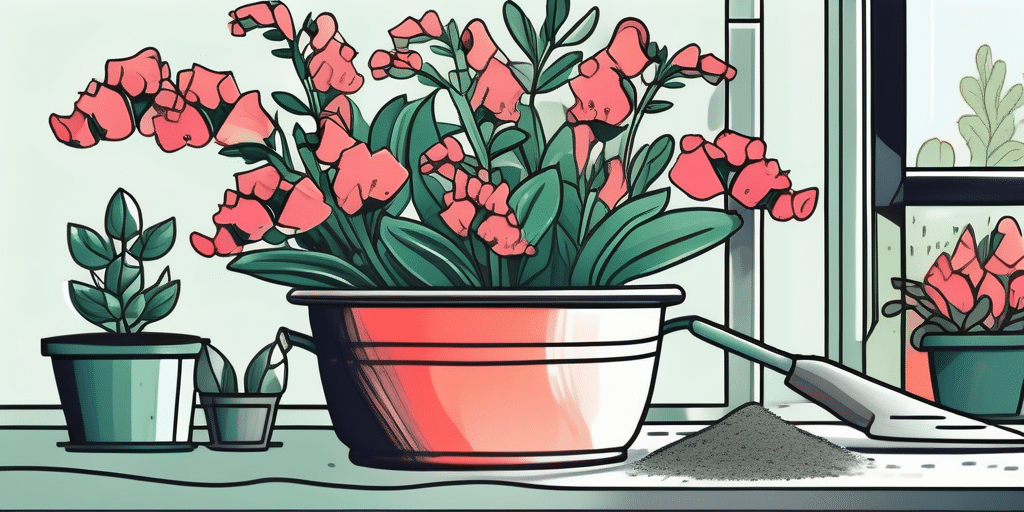Planting bulbs for summer blooms can be a rewarding gardening task. With the right timing and care, you can transform your garden into a vibrant and fragrant haven. This guide will help you understand when to plant bulbs for summer, how to do it, and how to care for them to ensure a successful blooming season.
Understanding Summer Bulbs
Before we delve into the specifics of when to plant bulbs for summer, it’s important to understand what summer bulbs are. Unlike spring bulbs, which are planted in the fall, summer bulbs are typically planted in the spring for a summer show.
Some popular summer bulbs include dahlias, lilies, gladioli, and begonias. These plants thrive in warm weather and provide a burst of color during the summer months. They are typically hardy in USDA zones 8 to 11, but this can vary depending on the specific type of bulb.
Types of Summer Bulbs
There are many different types of summer bulbs, each with their own unique characteristics and care requirements. Here are a few examples:
- Dahlias: These are known for their stunning, large flowers and come in a variety of colors. They bloom from mid-summer to the first frost.
- Lilies: Lilies are fragrant and elegant, blooming in mid to late summer. They come in many different varieties, including Asiatic and Oriental lilies.
- Gladioli: These tall, dramatic flowers bloom in late summer and are perfect for cutting and displaying in vases.
- Begonias: Begonias are versatile plants that can be grown in both sun and shade. They bloom throughout the summer and come in a range of colors.
When to Plant Summer Bulbs
The best time to plant summer bulbs is in the spring, after the danger of frost has passed. This is typically between late March and late May, depending on your climate zone. Planting at this time allows the bulbs to establish themselves before the heat of summer arrives.
However, the exact timing can vary depending on the type of bulb and your local climate. For example, dahlias and lilies can be planted as early as February if you live in a warmer climate, while gladioli should be planted a bit later, in April or May.
Climate Considerations
When deciding when to plant your summer bulbs, it’s important to consider your local climate. If you live in a colder region, you may need to wait until later in the spring to plant. Conversely, if you live in a warmer region, you can often plant earlier.
It’s also important to consider the specific needs of each type of bulb. Some bulbs, like dahlias, prefer cooler soil temperatures, while others, like lilies, prefer warmer soil. Be sure to research the specific needs of each type of bulb you plan to plant.
How to Plant Summer Bulbs
Now that you know when to plant summer bulbs, let’s discuss how to do it. Here’s a step-by-step guide:
- Prepare the Soil: Before planting, prepare the soil by removing any weeds or rocks. Add compost or other organic matter to improve drainage and fertility.
- Choose the Right Spot: Most summer bulbs prefer a sunny location, but some, like begonias, can tolerate shade. Make sure to choose a spot that fits the needs of your specific bulbs.
- Plant the Bulbs: Dig a hole deep enough to accommodate the bulb, usually about two to three times the height of the bulb. Place the bulb in the hole with the pointy end facing up. Cover with soil and water thoroughly.
- Care for the Bulbs: After planting, keep the soil moist but not waterlogged. Apply a layer of mulch to help conserve moisture and suppress weeds.
Caring for Summer Bulbs
After planting, it’s important to care for your summer bulbs to ensure they bloom successfully. This includes watering, fertilizing, and protecting them from pests and diseases.
Watering should be done regularly, especially during dry periods. However, be careful not to overwater, as this can lead to bulb rot. Fertilizing should be done in the spring and again in the summer to provide the necessary nutrients for growth and blooming.
Finally, keep an eye out for pests and diseases. Common pests include slugs, snails, and aphids, while common diseases include bulb rot and fungal diseases. If you notice any signs of pests or diseases, take action immediately to prevent further damage.
Conclusion
Planting bulbs for summer blooms can be a rewarding task, providing you with a garden full of vibrant and fragrant flowers. By understanding when to plant bulbs for summer and how to care for them, you can ensure a successful blooming season. Happy gardening!
Join Our Green-Thumbed Community!
Ready to see your garden burst into a summer spectacle? Don’t let your journey end here! Subscribe for free to How to Grow Everything and gain access to a treasure trove of gardening wisdom. Whether you’re a novice or a seasoned pro, we’ll help you Build The Garden of Your Dreams with personalized advice tailored to your grow zone and interests. Enjoy the best gardening tips, special offers, and heartfelt insights from our family to yours—all delivered straight to your inbox. Start growing your dream garden today!
